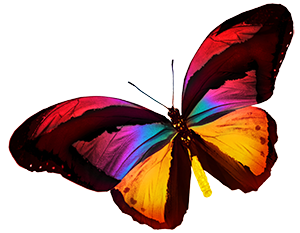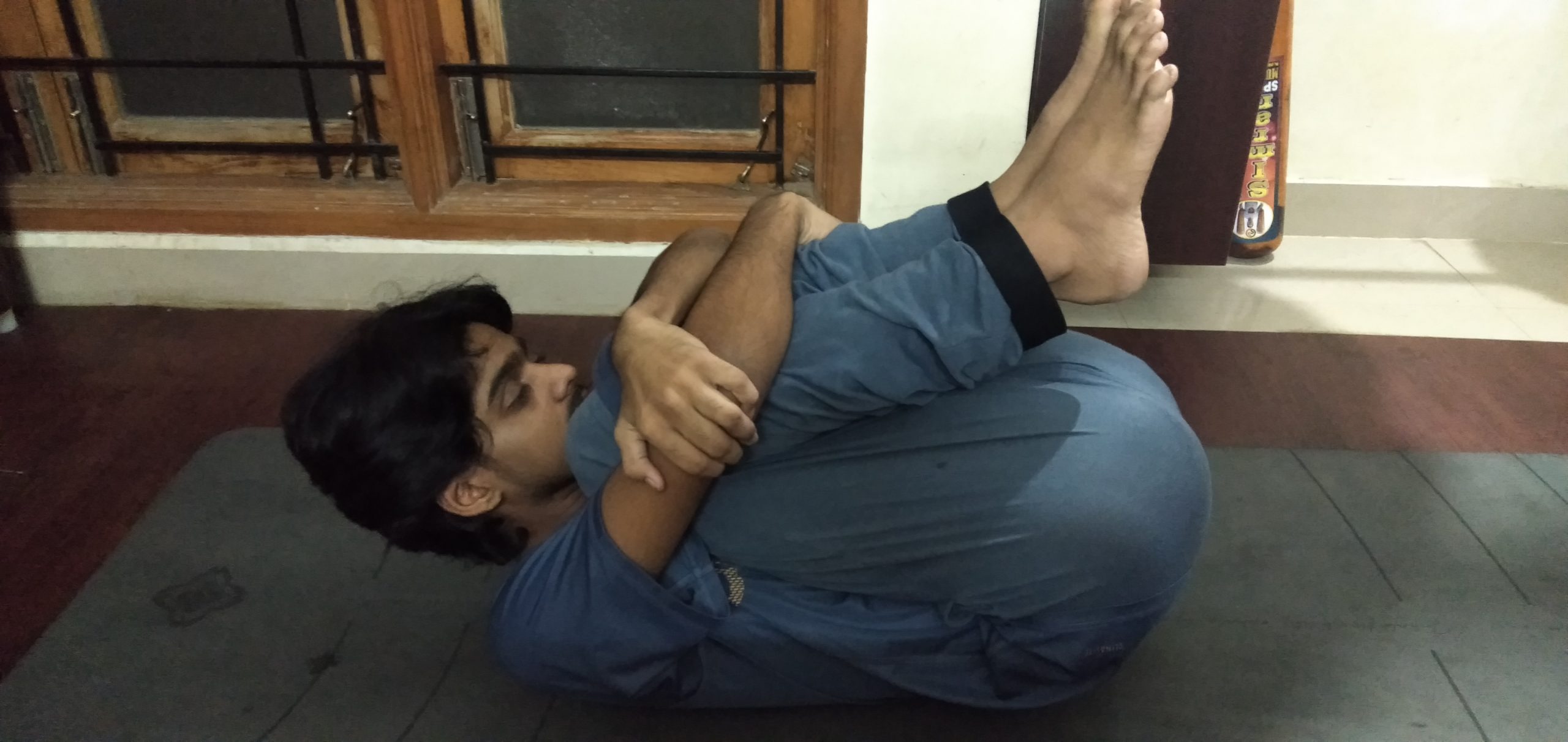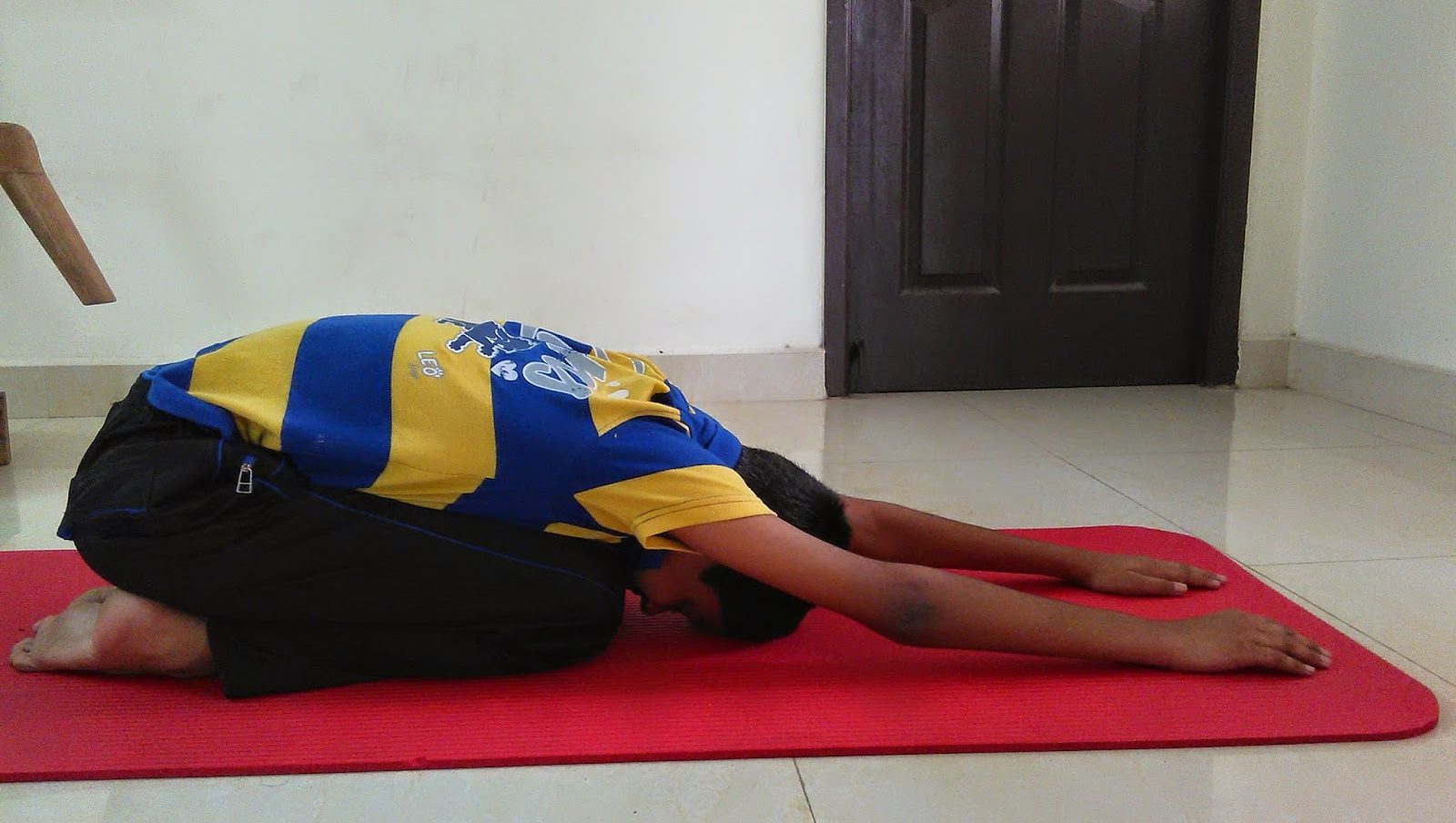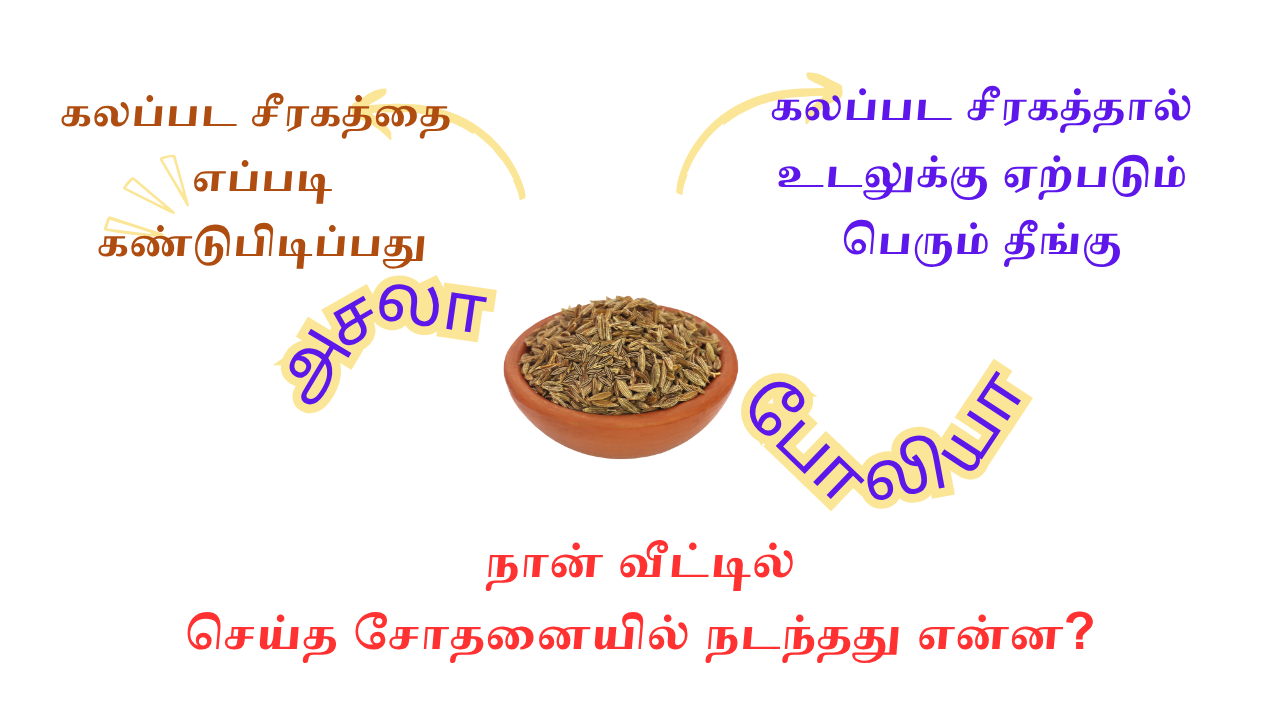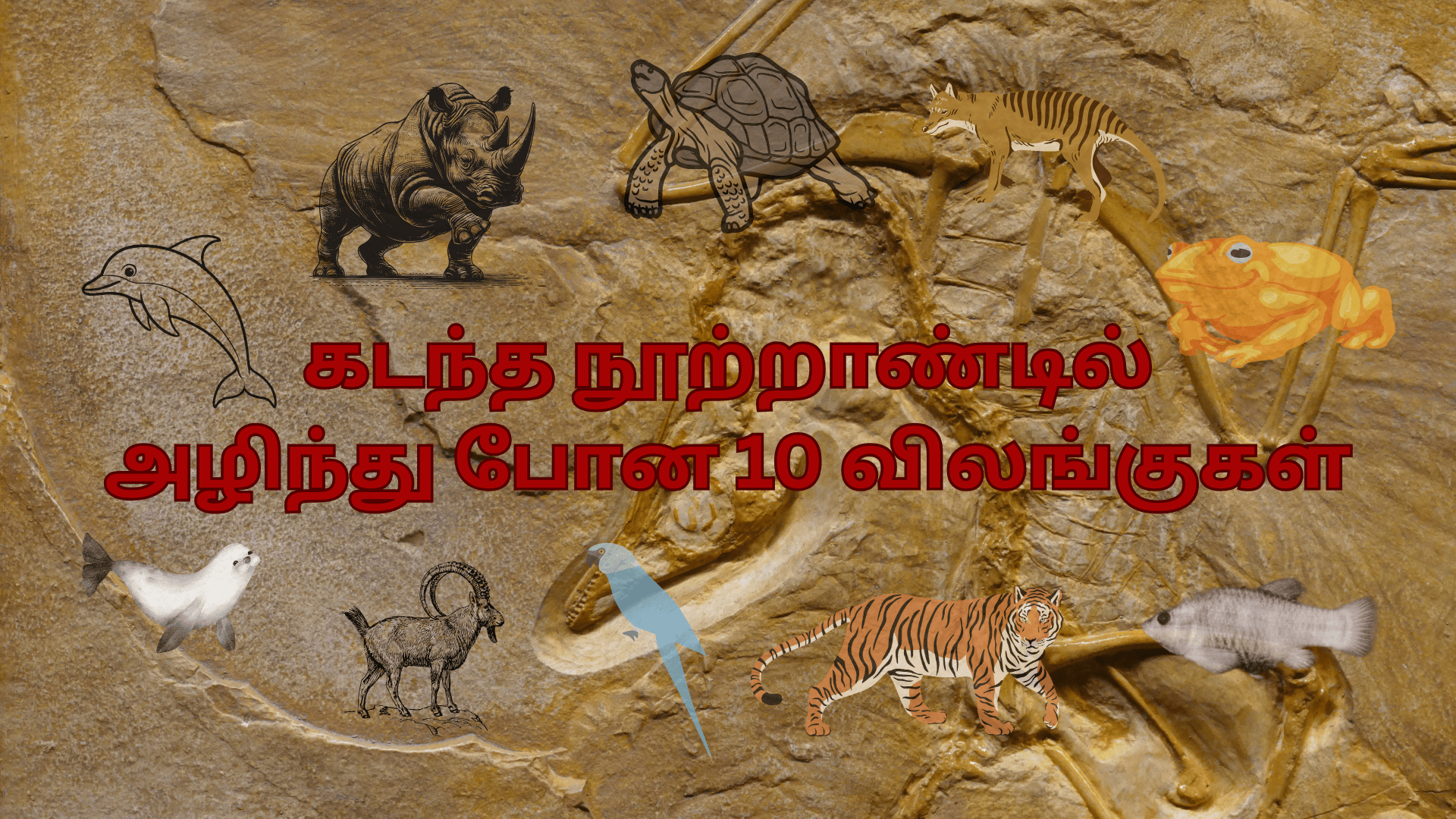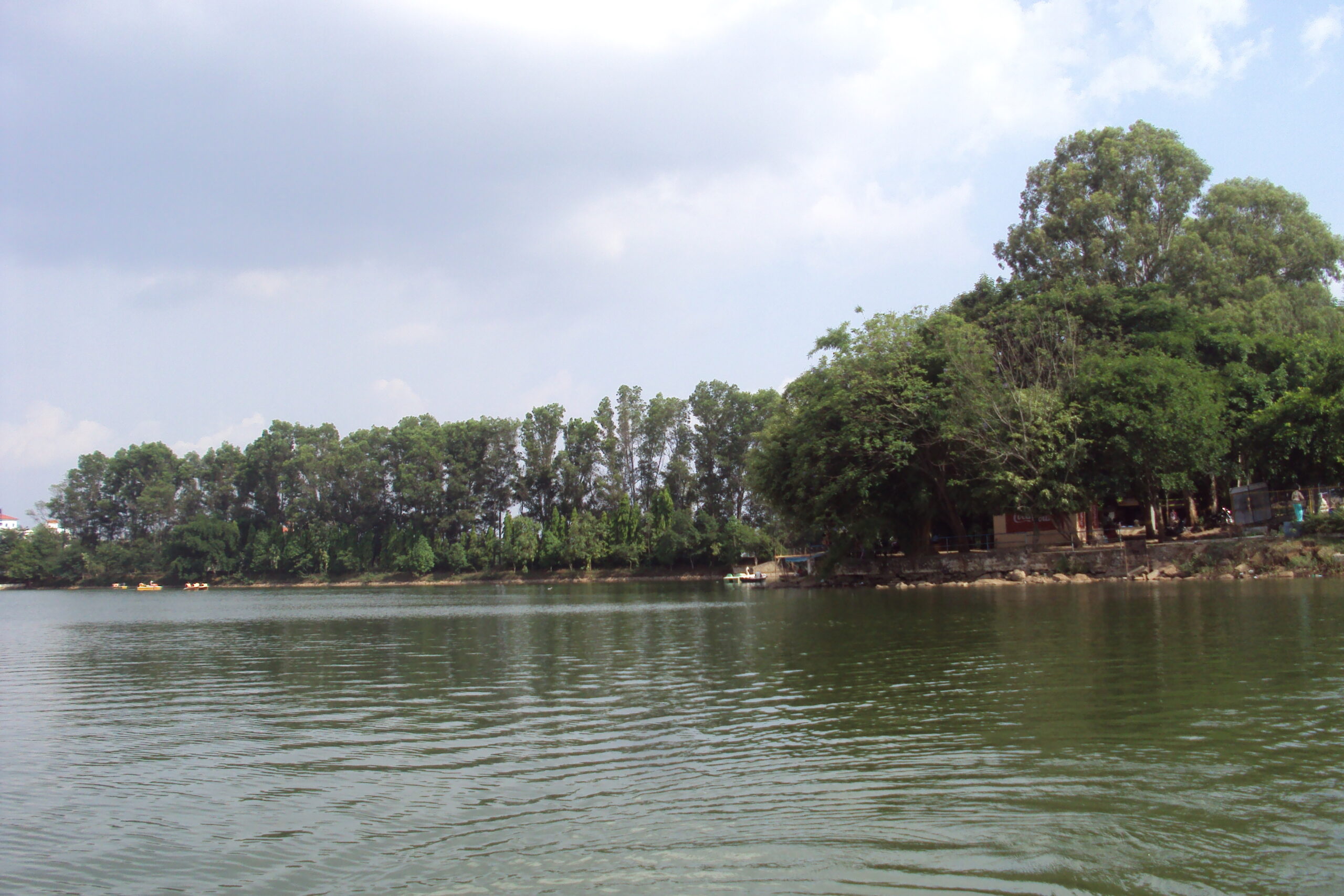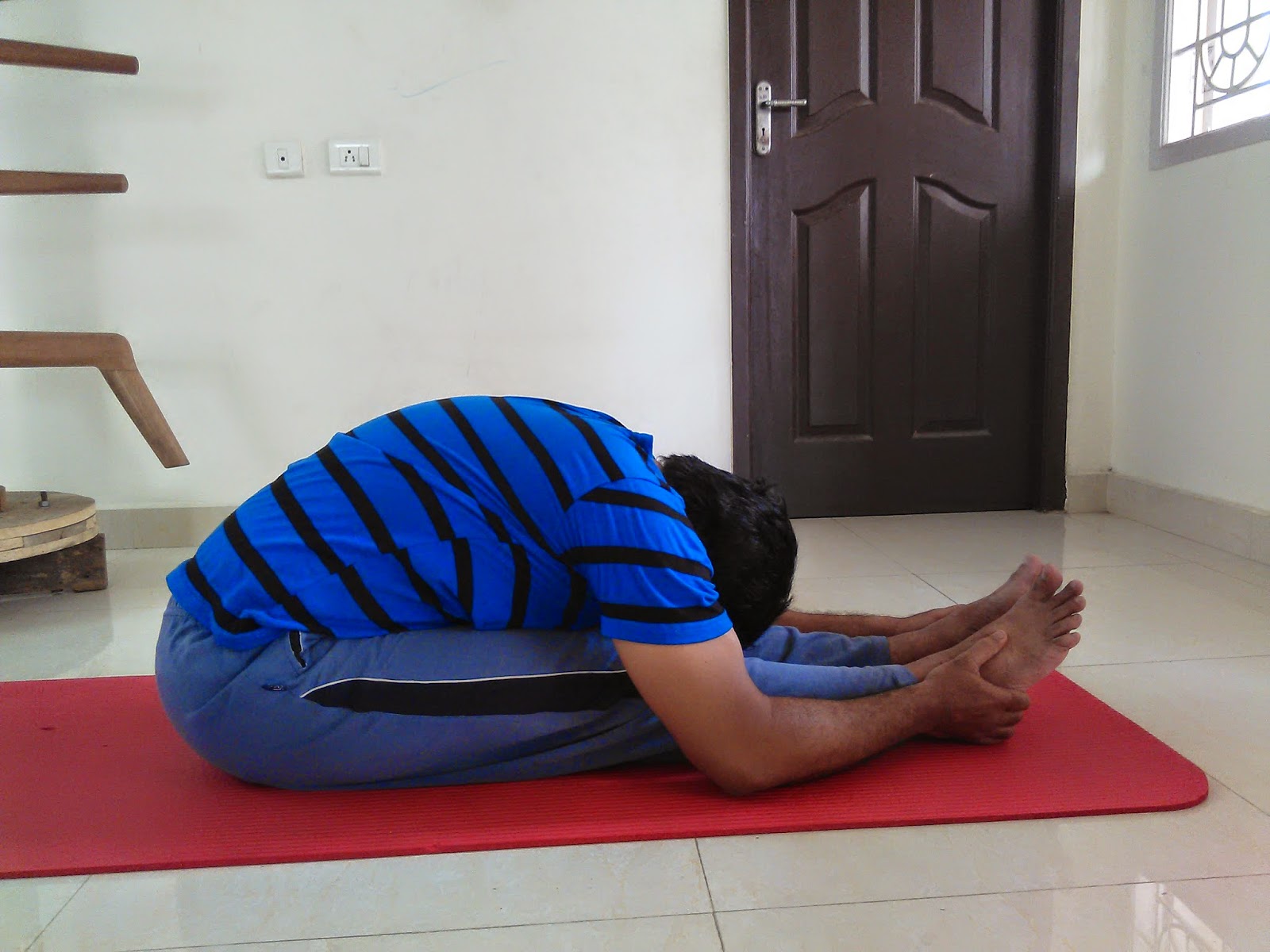Wind Relieving Pose can be performed as a counter pose for Bow Pose.
Ancient Siddhars have mentioned that there are 4448 diseases that can affect a human body. It is firmly believed that the numbers include modern day diseases. There are only two diseases that are the base for all the 4448 diseases – they are constipation and indigestion. Hence, Siddhars mentioned that constipation and indigestion are root diseases, the rest are other diseases that stem from the root diseases.
Maintaining a healthy core keeps diseases at bay. Wind Relieving Pose is a perfect pose to achieve this healthy state. ‘Pavana’ in Sanskrit means ‘wind’, ‘muktha’ means ‘relieve’. There are two stages in this pose. One is to bend one leg at a time and the other is to perform the pose with both legs bent. When bending one leg at a time, both sides of the abdomen gets compressed and spleen, liver, gallbladder and kidney get stimulated.
When both legs are bent, the center of the abdomen is compressed and this stimulates stomach, pancreas, urinary bladder and intestines. Overall effect is that all digestive organs are stimulated and constipation, indigestion and gastric trouble arising out of these conditions are prevented. Apana vayu, the downward wind, is prevented from moving upwards and also helps to keep it moving downwards. Practicing the pose on a regular basis gives you a very strong digestive system.

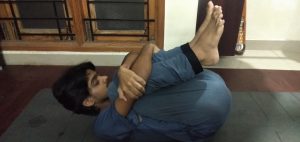
Other Benefits of Wind Relieving Pose
- Wind Relieving Pose helps to reduce tummy fat.
- The pose strengthens digestion.
- It increases spine flexibility.
- It strengthens thighs.
- Performing Wind Relieving Pose helps to relaxe lower back and hips.
How to Do Standing Forward Bend - Step-by-Step Guide
- Lie down on the mat.
- Exhale, bend your right leg, clasp your elbows around the right leg under the knee and lower the leg towards your face. Lift your head and upper back off the floor and bring the chin and bent knee together. Keep the left leg stretched. Hold the pose for 20 seconds.
- Now, repeat the same switching your legs. This is the first stage of Wind Relieving Pose.
- Now, bring both the legs together, clasp your elbows around your legs and bring the knees and chin in contact.
- Hold the pose for 20 seconds. Release the pose by stretching your legs back on the floor.
Note
Those with neck pain can perform the pose keeping their head on the floor and bending the legs without pushing hard.
Those with heart conditions, high blood pressure, spinal cord issues, hernia, hyperacidity and sciatic conditions should refrain from practicing the pose.
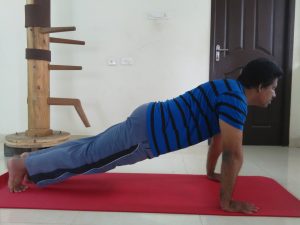
Yoga Pose for Day 21 – High Plank Pose (Kumbhakasana)
The poses done so far are effective in strengthening certain parts of the body. High Plank Pose strengthens the whole body. High Plank Pose is called Kumbhakasana in Sanskrit. Though ‘kumbhaka’ is generally said to mean ‘breath retention’, it also means ‘pot’, which here refers to the human torso. This pose promotes flow of blood and life force
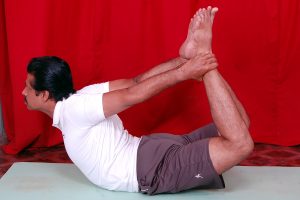
Yoga Pose for Day 19 – Bow Pose (Dhanurasana)
Bow Pose can be performed as a counter pose for Cow Pose. The pose is performed lying down. It strengthens the spine and improves spine flexibility.
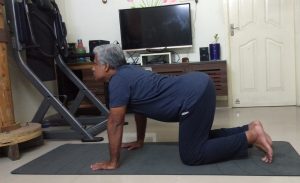
Yoga Pose for Day 18 – Cow Pose (Bitilasana)
Cow Pose is a counter pose to Cat Pose and also can be done as a sequence. ‘Bitila’ in Sanskrit means ‘cow’. The pose resembles the shape of a cow. Cat Cow Poses produce effective results when performed as a sequence. The bending and lifting of back improves spine flexibility and rejuvenates
